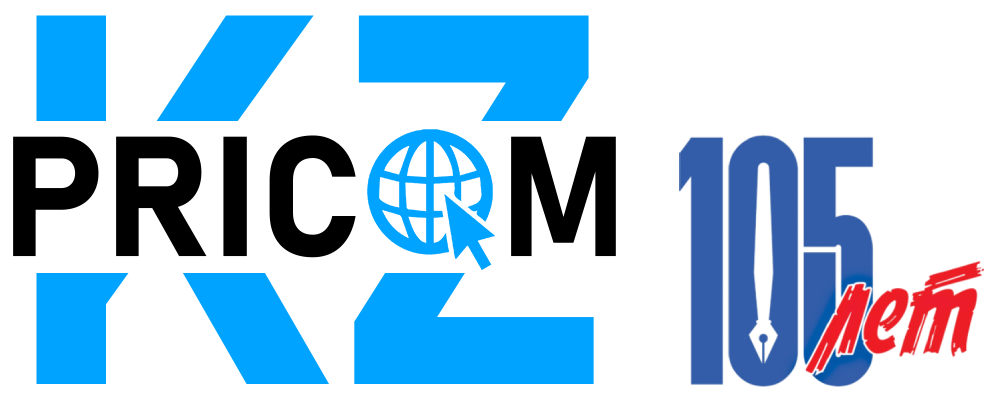Agile vs Waterfall: Difference Between Two Powerful Methodologies
Contents
In the traditional model, it is defined only once by the business analyst. Both popular software development methodologies are rather different and good in their respective way. With roadmaps based on Gantt charts, templates, task lists, reporting tools, and more, it seems like a great solution for traditional management. Hygger allows you to assign tasks to team members and create dependencies between tasks. Waterfall may be the best choice if there is no access to a customer to provide constant feedback.
Is Apple using agile?
Well-known companies that use Agile include Apple, IBM, Microsoft and Procter & Gamble.
Planning is minimal and a list is created of the tasks to be worked. Tasks are worked in “Sprints,” which are typically two to four weeks long. Brief daily meetings are held to go over the day’s tasks and identify obstacles. Team members perform all of the traditional tasks of a project, designing as they go and testing as they complete a task.
Jira Software
When you use the Waterfall methodology, you must complete each stage before the next stage can begin. So if you’re considering Agile vs. Waterfall for your project management style, remember that Waterfall offers less flexibility. Following the agile methodology, your project will move through a series of cycles throughout the lifetime of the project. The development phase, review, feedback, and then approval of the work item – either yes or no. If no, record and make any necessary changes, track and adjust the backlog or prioritization to reflect the newly acquired knowledge, and then move onto the next task or sprint. The traditional method is based on strict planning and performing the project plan step by step.
- None, they are all still discussing the best way to do it.
- A trust relationship must exist between members of the team.
- What the team is going to deliver is more predictable.
- The deliveries in Waterfall can be large and require a lengthy period of testing, with many companies also using customers to provide Beta testing.
- If the team is inexperienced or entering uncharted waters, obstacles appear that create jeopardies for the project.
Waterfall, on the other hand, is much more rigid and linear. Agile project teams are cross-functional and self-organizing; they can plan, execute, and iterate with a great deal of autonomy. Work in Agile projects unfolds in increments called sprints. These are time-boxed events that represent units of work, e.g. a new feature in an app.
The work of teams is subdivided into 2 – 4 weeks’ long sprints and the customer can see its intermediate result at the end of any of them. The projects can easily go off track if project managers are not sure what outcome they want. The methodology breaks projects into very small units of time. During the next stages of work, all the actions will be conducted based on this documentation.
Waterfall disadvantages
In those instances, the PM should consider if there is more value out of having two or three standups per week instead. System and UAT testing that occurs only at the end of the project meaning less opportunity for stakeholder input and changes after the initial requirements are gathered. Making a plan and sticking to it through its execution is an age-old strategy that certainly has its merits. This adherence structure is helpful for projects that need it, but it also comes at a cost. But before we get into that, let’s establish what both agile and waterfall are. The Kanban board keeps team members on the same page, but it also helps teams identify where processes need improvement.
The Waterfall model is popular in construction, engineering, manufacturing, and to some degree software development projects. It has also been the leading methodology in heavily-regulated industries like the military and critical infrastructure . Waterfall is more of a sequential approach to project management and it relies on moving through each phase (i.e., analysis, design, development and testing) once receiving sign-off on the prior stage.
Agile is the perfect project methodology in these circumstances thanks to the following advantages. Agile was created with software development in mind, but it has crept its way into all kinds of industries, such as content marketing and IT project management. Every project has its own unique requirements, timeframes, deliverables, and team structures that affect the outcome. Therefore, it’s important to know which methodologies and strategies will work best for whatever project is thrown your way. It’s important to note that a Scrum master is not a traditional project manager, as a Scrum master facilitates work rather than managing it.
Is Jira a kanban?
In Jira Software, the Kanban project gives you an out-of-the-box workflow with Backlog, Selected for Development, In Progress, and Done. This lets the product owner add tasks to the backlog, and move them to ‘ready for development’ once the task or user story is fully baked.
In Waterfall, testing and acceptance come at the very end of the project; the testing phase follows implementation. In Agile, that happens during each iteration, with implementation and testing performed in parallel. In that sense, Agile is much more forgiving and flexible. It’s harder to make critical decisions only with initial requirements, so if you want to move fast and iterate often, it may be considered “easier” to pull off. We’re not saying that Agile is only for PMs who want to act first and think later. Feedback loops built into Agile help save time/money by A) skipping features that are no longer relevant and B) functionality that underperforms/doesn’t make customers happy.
Sign up to get the latest Lucidchart updates and tips delivered to your inbox once a month.
Cassie is a deputy editor, collaborating with teams around the world while living in the beautiful hills of Kentucky. She is passionate about economic development and is on the board of two non-profit organizations seeking to revitalize her former railroad town. Prior to joining the team at Forbes Advisor, Cassie was a Content Operations Manager and Copywriting Manager at Fit Small Business. The customer gains a strong sense of ownership by working extensively and directly with the project team throughout the project. The Ascent is a Motley Fool service that rates and reviews essential products for your everyday money matters.

Again, this can add to the overall time and cost of the implementation. Having been involved in software development projects for a long time, here are my thoughts on the strengths and weaknesses of each. Unlike Waterfall, Agile project management relies on the empirical process model. Agile teams often start working on a project without knowing complete customer requests, i.e. how the final product will look like. This opens the door to innovation and allows a great deal of flexibility.
In that sense, Agile requirements don’t have to be as precise, simply because they can be modified later in the project. The traditional and Agile approaches share similar project requirements activities. Both require the project team to interact with customers/stakeholders and prepare documentation before starting. The stuff laying around—seashells, seaweed, driftwood —are individual features, your building blocks. There are also the odd bits and pieces the tide washes up.
When should you choose Agile over Waterfall?
Carl may like that the team does not pursue him or arrange calls to agree on the smallest features. But such limited involvement deprives Carl of understanding what the project looks like before the deadline. So Carl knows what happens at each stage of a project; he agreed on terms and features at the very beginning. https://cryptominer.services/ Following the Waterfall model, the team moves from one stage to another, and there is no turning back. And if Carl wanted to add a new feature to the project… Well, he would have to wait until the end of the project. Project management, like all industries, is evolving more rapidly with every passing year.
Compensation may impact the order of which offers appear on page, but our editorial opinions and ratings are not influenced by compensation. Dive deeper into Agile, Waterfall, Kanban, or Scrum to start implementing your chosen methodology now. While each methodology has the same goal of project completion, their secondary aims make them truly distinct. Your goals can help you decide which methodology is the best fit for you. When held regularly, these meetings help the team continuously correct and adjust their process. This improves workflow without making any sudden or dramatic changes, ensuring easy Kanban implementation on nearly any team.
Waterfall vs. Agile: Which is the Right Development Methodology for Your Project?
Product ownership and engagement may not be as strong when compared to agile since the focus is brought to the current phase. A clear project phase helps to clearly define dependencies of work. The ideal would be to run this in each sprint, so designing only what is necessary for each iteration of work. What is easier to implement is a gradual move over to adopting Agile principles and Scrum process, for example, namely using a hybrid. I know this can be quite controversial to say but to me, a hybrid seems to me a more realistic solution, at least while the transition progresses.

And Scrum is an ideal option for projects which depend on user feedback. We can build work without a specific step-by-step plan at the initial stage. The latter a wrong path is discovered, the harder it is to fix it. Using Agile, teams can spot errors, find Cloud Engineer CI CD Job ID: 1947966 more efficient approaches, and have a feature done by the end of a sprint. A customer can only see the result at the end of the project and no intermediate updates — but not with us, we like to communicate with the client and always show the halfway option.
What are 3 frameworks for agile?
Scrum is the most common Agile framework. Others include the Dynamic Systems Development Method (DSDM), Crystal, and Feature-Driven Development (FDD).
For example, testers can prepare test scripts from requirements documentation whilst coding is underway. PPM SoftwareWe take an in-depth look at the pros & cons of the great project portfolio management software. PRiSM focuses on socially responsible project management. Its intent is to manage projects while reducing negative impacts on the environment and promoting socially beneficial projects. The Kanban method is most suited for maintenance projects.
In recent years, it became the predominant product development methodology, being used by the majority of development organizations. This iterative approach to development emphasizes the rapid delivery of an application in complete functional components. All timeframes here are grouped into phases called sprints.





